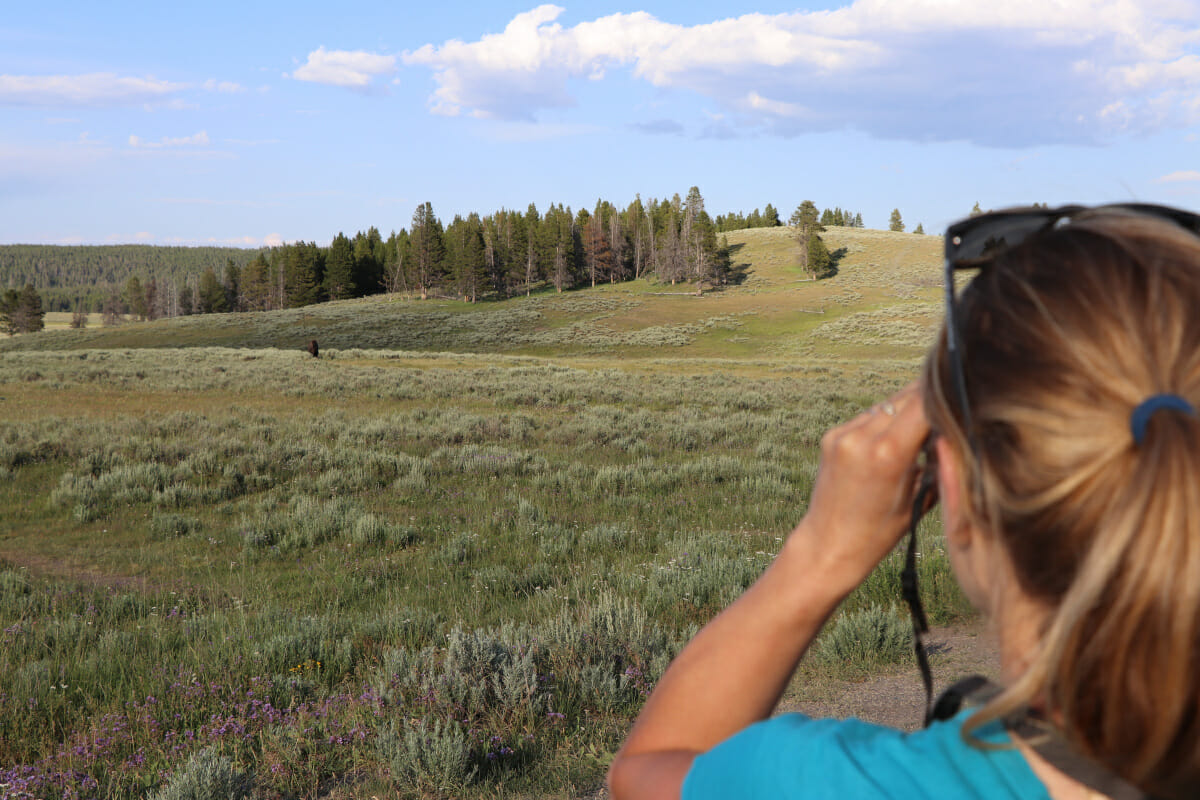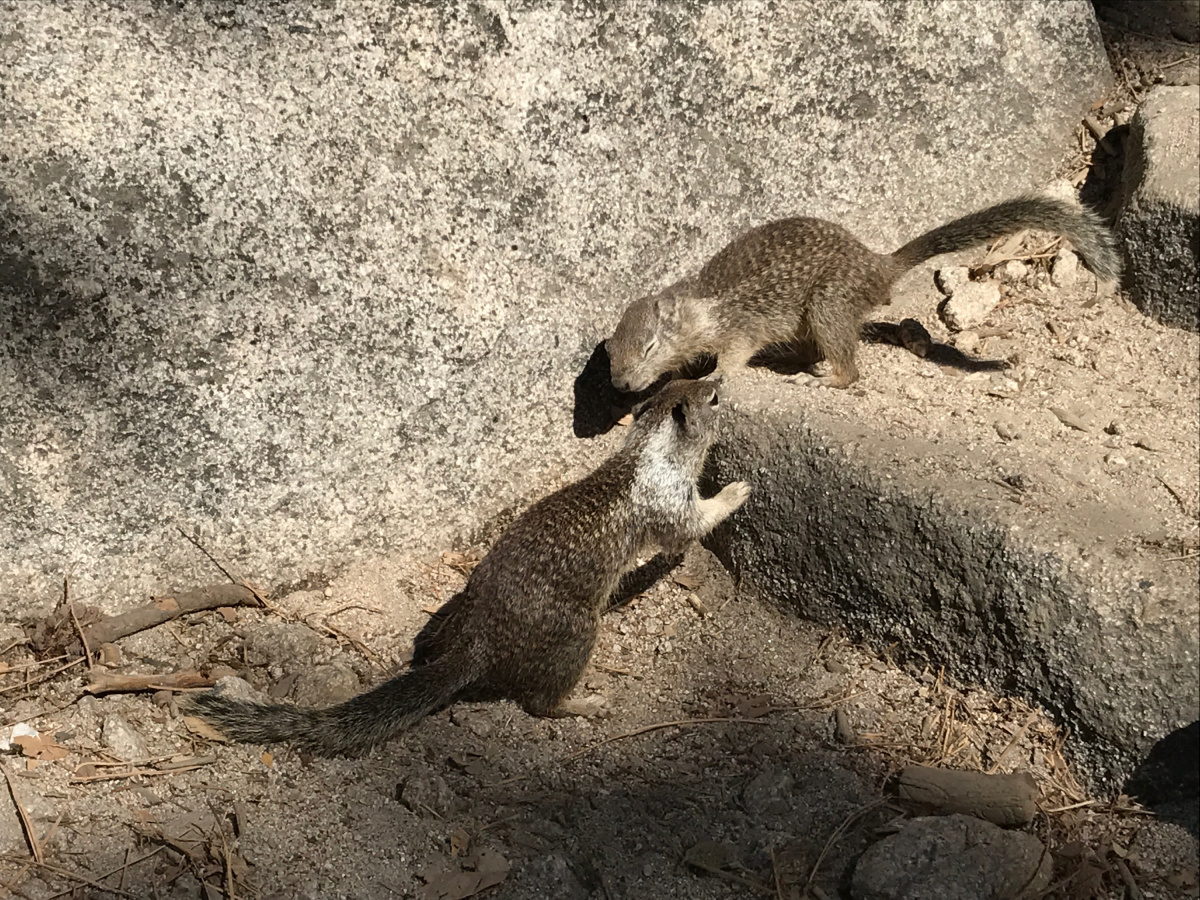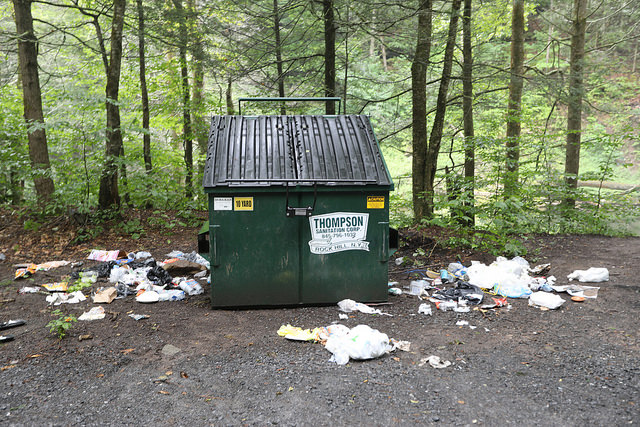Skills & Techniques
20,000 Calories a Day: How to Help Wildlife in Autumn


Yosemite National Park, CA: Ever feel really hungry after a long hike? Playing outside does burn a lot of calories, but did you know that black bears need to consume 20,000 calories a day in late summer and early fall to put on enough weight to survive the winter? That would be a lot of camp stove dinners for us! Fall is prime hiking and camping season for us, but, for the wildlife who live where we play, it’s crunch time, both literally (many animals chow down in autumn to prepare for winter) and figuratively (many animals don’t have a lot of time before the first snow).
Heading outside this fall? Here’s five easy ways to help wildlife be prepared for winter.
1. Watch wildlife from a distance. Being too close to animals can scare them away from vital food sources and cause them to expend energy unnecessarily. Also, wildlife who feel threatened can be injured as they flee to safety. How close should you be? Learn and use the thumb trick!
2. Leave the leaves…and the acorns, pine cones and other food sources for the critters. Maple leaves are gorgeous in the fall, but they’re a source of vitamin C for pregnant mule deer. Plus, fall leaves have usually lost their brilliant hue by the time you get them home, anyway!
3. Don’t feed the critters. While wildlife need to eat and store a lot of food in the fall, easy access to human food can actually cause animals to starve when winter arrives. Not only do our leftovers and scraps lack the nutrients animals need, eating human food can cause disease and deformities in wildlife. And when humans go inside for the winter, taking their food with them, these animals often don’t have the food stores needed to survive. And while we’re thinking about food…

4. Store food securely. Food and anything else that has a scent (toiletries, medications, trash, etc.) should be stored according to local regulations. Land managers might require smellables to be stored in your car, a bear box, a bear canister or in bear bag hang, but, no matter the recommendation, your tent, backpack or picnic table will not prevent critters from accessing your food!

5. Let wildlife drink. Fall can be a dry season in many places. We always recommend camping at least 200 feet from water sources. This is especially important when water is scarce, as it often is in the fall, so that animals feel comfortable accessing water at night.
Happy autumn adventuring!
Jessie and Matt, Subaru/Leave No Trace Traveling Trainers, Team West
Leave No Trace’s Jessie Johnson and Matt Schneider are part of the 2017 Subaru/Leave No Trace Traveling Trainer Program that provides free, mobile education to communities across the country. Proud partners of this program include Subaru of America, REI, Eagles Nest Outfitters, Deuter, Thule, Klean Kanteen, Smartwool, and Taxa Outdoors.
Related Blog Posts
Let’s protect and enjoy our natural world together
Get the latest in Leave No Trace eNews in your inbox so you can stay informed and involved.

